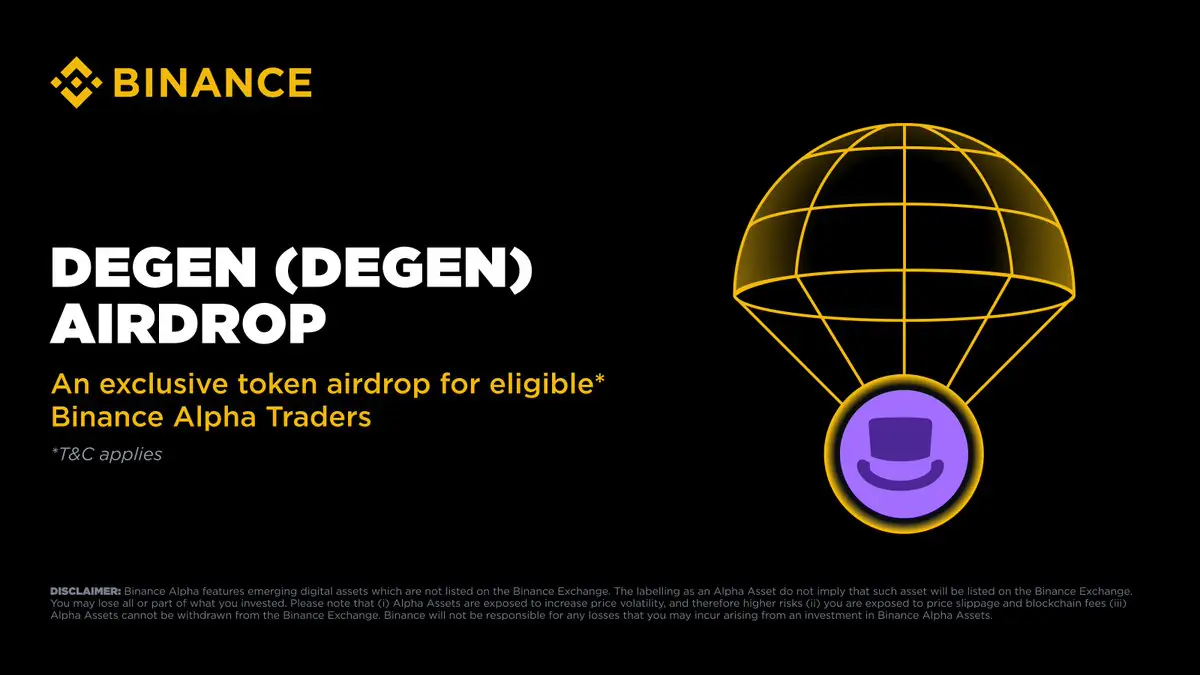Regulatory headwinds eased, institutional adoption deepened, and on-chain infrastructure saw significant developments — marking what analysts describe as a new phase in digital assets.
Regulatory Relief in the U.S. and Hong Kong
In the U.S., April marked the clearest easing in regulatory pressure since the 2021 bull run. Authorities repealed the controversial “DeFi broker” rule, which had previously threatened DeFi protocols with compliance obligations. The Department of Justice quietly disbanded its national crypto enforcement team. Additionally, the SEC dropped its high-profile case against PayPal’s stablecoin PYUSD and issued guidance that redeemable stablecoins, by default, should not be treated as securities.
Hong Kong followed suit, expanding retail access by allowing licensed exchanges to offer staking, provided they meet disclosure requirements and proper registration.
These moves triggered a wave of new ETF filings. VanEck filed for a BNB ETF, Grayscale applied for a Solana Trust conversion, and Canary filed for a staked TRX ETF. Analysts suggest that regulatory clarity around staking services and stablecoins has reignited institutional confidence.
Institutions Deepen Commitment to Digital Assets
Circle filed to go public, disclosing $1.68 billion in 2024 revenue and a $1.15 billion net profit — supported by its $10 billion in U.S. Treasury holdings. The stablecoin issuer also announced its intent to redomicile in the U.S., further aligning with regulators.
Tether added $5 billion in Bitcoin to its reserves, surpassing 75,000 BTC. MicroStrategy, now operating as “Strategy,” bought another $1.65 billion in BTC, aligning with President Trump’s public support for U.S.-based Bitcoin accumulation.
Other major moves included Cantor Fitzgerald announcing custody of over $100 billion in T-bills for stablecoin issuers, SoftBank launching a Japan-based stablecoin initiative, and Stripe unveiling USDC-based financial accounts in 101 countries.
Public companies also moved into the crypto space. Upexi and Semler Scientific both acquired Bitcoin, while World Liberty Financial voted to distribute its USD1 stablecoin via an on-chain airdrop.
ETF Momentum Remains Strong
Spot Bitcoin ETFs continued to see steady inflows, with $2.97 billion in net inflows for April. BlackRock’s IBIT led the way, adding $2.69 billion alone. Grayscale’s GBTC, however, saw outflows persist as some investors rotated to lower-fee products. Meanwhile, Ether ETFs brought in $66 million in inflows, a positive sign for ETH exposure despite regulatory overhang.
Infrastructure and Exchange Growth
Binance made significant strides in on-ramping users by adding Apple Pay and Google Pay for fiat deposits. The exchange also launched a USD1 perpetual contract on Binance Futures with 50x leverage, attracting immediate volume.
On the decentralized side, Hyperliquid advanced its governance decentralization by forming a validator council of 21 community members, each with a one-year term and multisig voting power. This marks a move toward more resilient protocol governance in decentralized finance.
The post Coinbase Research: April 2025 in Review — What Drives Crypto Forward appeared first on Coindoo.






.jpg.webp?itok=1zl_MpKg)





 Bengali (Bangladesh) ·
Bengali (Bangladesh) ·  English (United States) ·
English (United States) ·